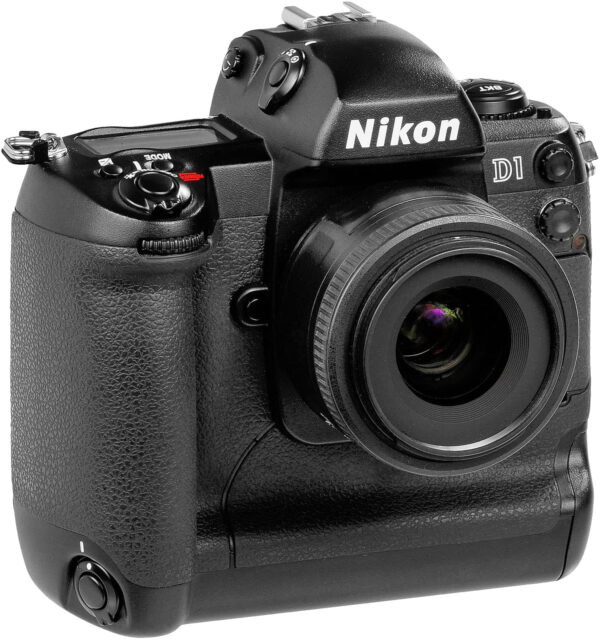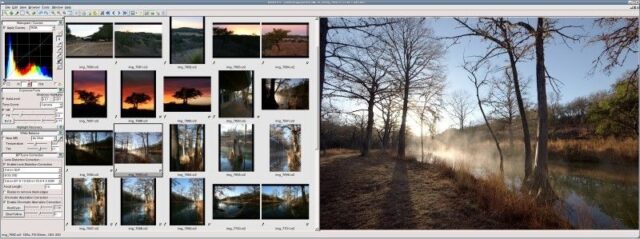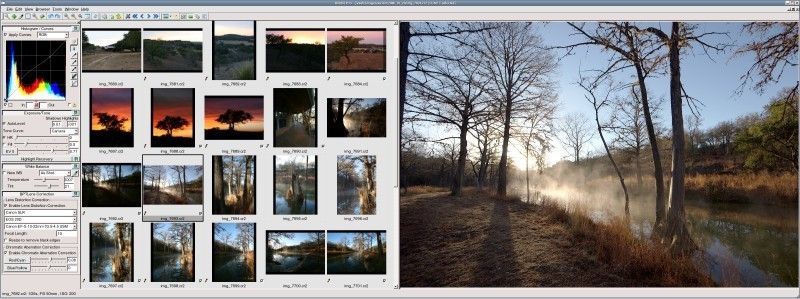
Twenty-five years ago, I invested in a Nikon D1, the first “affordable” professional digital camera. Before owning the D1, I would occasionally rent Kodak digital cameras when their benefits outweighed the cost of shooting on film. As we entered the new millennium, digital photography started to surpass film in practicality for my corporate and editorial work.
In the first year of adopting digital, I often used both film and digital cameras, sometimes on the same job, even for the same shot! This dual approach helped demonstrate the differences to clients, allowing them to decide if digital suited their needs better than film. Could it deliver sufficient resolution? Would it save on scanning costs? Was the fast turnaround or the immediate feedback on set useful? The answer was always a resounding “Yes.”
Being an Early Adopter
Adopting digital photography early put me ahead of the curve. While some advertising and catalog photographers had started using digital setups before me, these systems were prohibitively expensive, with costs that only large campaigns could justify. For their clients, the savings on negating film scanning made digital worthwhile, even at a premium.

One feature of the Nikon D1 was its ability to record unprocessed raw files alongside JPEGs. JPEGs “baked in” settings like colour, contrast, and sharpness, limiting post-processing flexibility. Raw files, however, were like digital negatives, allowing photographers to fine-tune the image later on a computer and deliver it to precise specifications. This flexibility was essential, especially for professional workflows.
Challenges with Early Digital Workflow
In the early days, working with raw files wasn’t straightforward. The D1’s NEF raw files could only be processed using Nikon’s proprietary software, which was clunky, expensive, and slow — a workflow nightmare. Fortunately, third-party software developers like Bibble Labs (now part of Corel), Adobe, and Phase One stepped in with better solutions. These tools not only improved image quality but also streamlined my workflow.
Interestingly, each raw processing software had its unique “look,” much like how different film brands (Kodak, Fujifilm, Agfa) produced distinct colour palettes. Photographers would choose the software that best matched their creative style.

Early Challenges of Digital Photography
Digital imaging initially had a poor reputation with some clients, but the issue wasn’t the technology — it was the lack of established standards. There were no consistent guidelines for capture, processing, or delivery. This led to a mishmash of over-processed images: overly sharpened, overly saturated, too dark, or too bright.
Photographers had to rely on their experience and tools like Photoshop’s Info panel to interpret data accurately because visual calibration wasn’t an option yet. There was no “What You See Is What You Get” (WYSIWYG) workflow. Colour management, as we know it today, simply didn’t exist.
Advocating for Standards
Recognising this, I became an advocate for industry standards, a mission I continue to this day. Colour management eventually introduced specifications for capturing, editing, and delivering images. By calibrating monitors to display colours accurately, photographers gained the ability to adjust images visually with confidence. Today, WYSIWYG is a reality, as long as we adhere to these standards.
Reflecting on 25 Years
Looking back, the Nikon D1 marked the start of an incredible transformation in photography. It wasn’t just about switching from film to digital; it was about adapting to a rapidly evolving landscape, learning new tools, and advocating for better practices. Now, 25 years later, we enjoy the fruits of those efforts: streamlined workflows, industry standards, and tools that make digital photography second nature.
As a photographer who lived through this revolution, I’m grateful for the lessons learned and proud to have been part of the early push for innovation in our profession.
